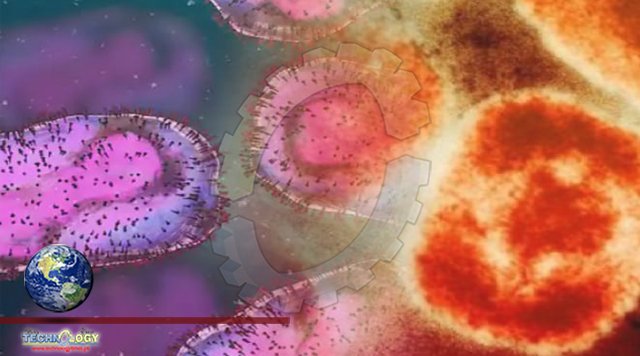According to the WHO, more than 87,000 confirmed cases of mpox have been detected globally since the beginning of last year and more than 120 people have died.

A 25-year-old Pakistani man is diagnosed with the infectious viral disease, once known as monkeypox, after recently arriving from Saudi Arabia in Islamabad, Pakistan. Pakistani health authorities have confirmed the first case of the mpox virus in the country on April 26, 2023.
Since May, 22 samples from suspected cases in Pakistan were referred from different parts of the country, and tests showed no sign of the virus.
According to the WHO, more than 87,000 confirmed cases of mpox have been detected globally since the beginning of last year and more than 120 people have died.
The National Command and Operation Centre (NCOC), a pandemic response institution, has also been ordered by the health minister to ensure ongoing surveillance of the monkeypox situation in the nation.
All entities, especially border health services, have received directives from the Ministry of Health to closely monitor any suspected cases at all points of entry into the nation and to put in place an efficient monitoring system. All incoming travellers would be subject to screening, especially those from African nations.
Briefly discussed;
According to the WHO, mpox is an infectious zoonotic disease caused by the monkeypox virus, an enveloped double-stranded DNA virus of the Orthopoxvirus genus in the Poxviridae family, which includes cowpox, chickenpox, and other viruses.
The disease can be transmitted from infected animals to humans or from infected people to other people through close contact and droplets. It can cause a painful rash, fever, sore throat, and swollen lymph nodes.
The disease is called monkeypox because it was first found in monkey colonies in 1958 and later detected in humans in 1970. It’s a viral zoonotic disease that occurs primarily in tropical rainforest areas of Central and West Africa and is occasionally exported to other regions.
In most cases, people typically recover within two to four weeks without needing to be hospitalized. In some cases, however, monkeypox can also be fatal in up to 6 percent of cases and could also be more severe in children.
Monkeypox is transmitted from one person to another through close contact with lesions, body fluids, respiratory droplets, and contaminated materials such as clothing, bedding, or other items used in healthcare settings.
The WHO said the global outbreak primarily affected gay, bisexual, and other men who have sex with men as the virus spread person-to-person through sexual networks. However, while men who have sex with men are likely to be disproportionately affected, health officials stressed that anybody can contract mpox.
Symptoms:
The initial symptoms of monkeypox are similar to those of influenza, with fever, chills, exhaustion, headache, muscle weakness, and swelling in lymph nodes.
The widespread rashes all over the infected bodies include the inside of the mouth, palms of the hands, and feet. Moreover, it has been reported that the rashes are mostly in the genital area in the early stages of the illness. Monkeypox has an incubation period of seven to 14 days.
Treatment:
According to the Centres for Disease Control and Prevention, there are no treatments specifically for monkeypox virus infections.
However, monkeypox and smallpox viruses are genetically similar, which means that antiviral drugs and vaccines developed to protect against smallpox may be used to prevent and treat Mpox virus infections.
There are no specific treatments for viral diseases.
Antivirals, such as tecovirimat , may be recommended for people who are more likely to get severely ill, like patients with weakened immune systems.
Prevention is better than cure:
Here are the things that you can do to prevent the spread of MPOX: Keep your hands clean by washing them for at least 20 seconds with soap and water or alcohol-based hand sanitizers.
Prevent animal-to-human transmission, avoid any contact with wild animals, cook meat properly, avoid any objects that have been in contact with a sick animal, prevent human-to-human transmission, avoid contact with any person who has a rash, and avoid contact with any object that has been in contact with a sick person.